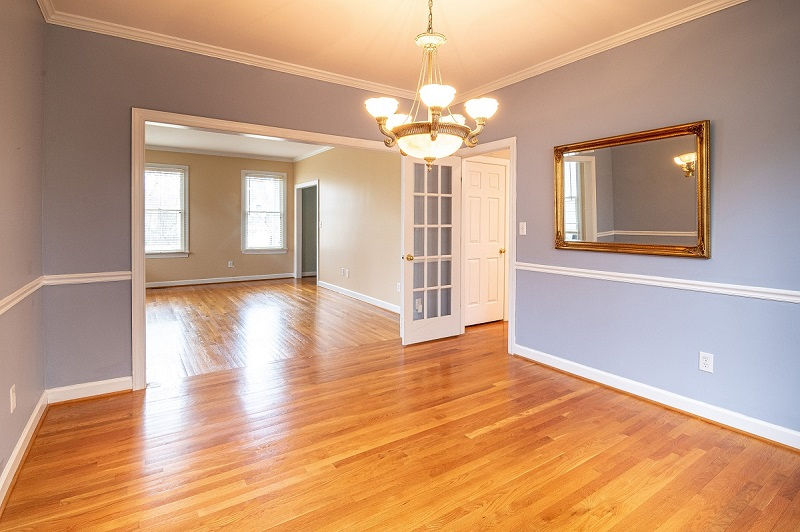Environmental Impact And Sustainability Of Steel Frame Kit Homes
- Anna Brake
- Dec 4, 2024
- 3 min read
Updated: Jun 14, 2025
There's been a significant shift in the world of homebuilding, with more and more individuals and families seeking out sustainable and eco-friendly solutions in their construction plans. If you count yourself among the environmentally inclined, you may have come across the concept of steel frame kit homes. But just how sustainable are these modern living solutions? Can they truly claim to be more environmentally friendly than traditional brick and wood structures?
Steel frame homes are being hailed as the answer to durable, cost-effective, and eco-friendly living. However, as a consumer interested in sustainable living and green solutions, you can't just take such claims at face value. You need to understand what makes steel, as a building material, sustainable, what exactly a steel frame kit home entails, and how it measures up to conventional homes in terms of environmental footprint.
Let's turn the spotlight onto steel frame kit homes, diving deep into the sustainability aspects, debunking myths, and providing a detailed comparison with traditional building materials - aiming to provide you with every piece of information you need to make an informed choice for your next building project.
The Making Of Steel Frame Kit Homes

Comprising a series of factory-made components or entire walls, steel frame kit homes come loaded with benefits including speedy assembly, uniform quality, reduced waste, and cost-effectiveness. In contrast to conventional wooden or brick homes, steel frame houses involve fewer steps in the construction process, minimizing environmental impact.
Moreover, the precision in factory manufacturing also means fewer errors and discards, leading to less wastage. This modularity not only saves time during construction but also cuts down on material loss, leading to a significantly lesser carbon impact compared to traditional homebuilding.
Sustainability Factor: How Does Steel Measure Up?
When considering eco-friendly building materials, you might not initially think of steel. Seemingly unnatural when compared to wood or brick, does it have green credentials to boast about?
In reality, steel is one of the most recyclable materials in the world, and hence reusable indefinitely. Its strength, coupled with its recyclability, makes it an outstanding option when sustainability is the goal – minimising both depletion of resources and waste generation.
Energy Efficiency: An Environmental Plus
A core component of sustainability is how energy efficient a product or process is. Steel frame homes have insulation baked into their design, which means they can help reduce energy consumption.
With options to include high-performance thermal insulation as part of the steel frame, house owners can expect to save significantly on energy costs. Not to mention, steel's high thermal mass means it can absorb and disperse heat, making heating and cooling more efficient.
Pros Vs Cons: Weighing The Environmental Impact

Like every other building material, steel also has its set of pros and cons concerning environmental sustainability. While its recyclability, versatility, and durability are a big plus, the energy-intensive production process might be seen as a negative aspect. However, starting a dialogue about these pros and cons is what leads to improvement and innovation in the sector.
Comparing Steel Frames With Traditional Homebuilding Techniques
When comparing the environmental impact of steel frame homes with traditional homebuilding techniques, several factors come into play: the source of materials, production energy, waste generation, and long-term performance. While steel frame kit homes excel in terms of waste minimization, recyclability, and thermal efficiency, traditional homebuilding may have an edge in utilizing renewable materials like wood but struggles with concerns like deforestation and energy efficiency.
Conclusion
The use of steel in residential construction certainly does come with a host of benefits. From energy efficiency and durability to recyclability, steel frame kit homes make a convincing case for sustainable building practices.
The context of sustainability is vast, and while considering all the varied aspects, steel frame kit homes can claim a rightful place under the umbrella of low-impact building solutions. However, like any other industry, it will continue to evolve with emerging green technologies and processes, which will further enhance its environmental credentials.
Ultimately, the decision lies in the hands of the consumer with a keen eye on the environment. It's about weighing the pros and cons and deciding which factors align best with your unique sustainability goals.




Comments